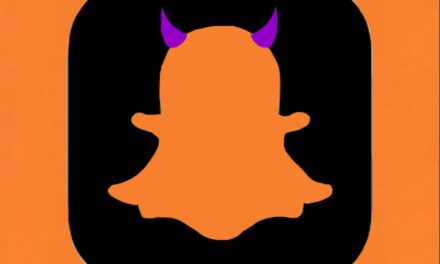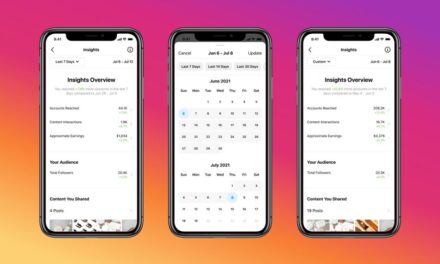By Timothy King
We live in the digital age, and that means marketing techniques have to be updated to fit the bill. Digital marketing is one of the best ways to drive your brand forward simply because it allows you to reach out to your customer base quickly and efficiently – and in turn, they can quickly respond to you.
There are a many different types of digital marketing, all of which have their own strategies and uses. Knowing when and how to use specific campaigns is vital to bringing customers into your marketing funnel. Below, we’ll be taking a look at four types of digital marketing campaigns that your business should be using alongside examples that show how they work.
Email marketing
Email marketing is one of the oldest digital marketing types out there, yet it’s still being used today. Emails are used by companies to increase traffic to their websites, usually in the form of promotions or announcements. Campaigns done via email take advantage of the ability to link to web pages as well as embed images and videos directly into the message.
But the key to a successful email marketing campaign is making your emails attractive and clear. Your customers should be pleased with how the email looks. They will also need to know what they need to do to take advantage of what you are promoting. There should be a clearly-labeled call-to-action (CTA) button that will lead the viewer to your campaign’s page.
That’s what women’s clothing line The Limited used with this email to promote various sales and deals across their website. This email is immediately eye-catching; the red background makes the black and white text pop, and the design of the text is inviting. What’s also impressive is that this is all done with text inside the email itself – no images were used to make this campaign.
SMS text marketing
Because so many people use their phones throughout the day, SMS text messaging is one of the quickest ways to reach customers. This is not something you want to use too often – customers don’t want their phone crowded with advertisements, even if they’d want the deals you present to them. However, the occasional SMS campaign with the promise of exclusive offers can be effective at driving customers to your business.
Redbox used SMS to their advantage for their 10 Days of Deals campaign. They sent messages asking their customers to text DEALS to a special number to receive promos and save money on a one-day video rental. The end result speaks for itself: Redbox received 1.3 million text messages back regarding the campaign, making it the most successful mobile campaign it had ever done.
Social media marketing
Campaigns that utilize social media have become more and more common now that most companies are operating dedicated social accounts. Social content has a wide audience to draw from and interacting with your customer base on social media is incredibly easy to do. Healthy and entertaining interaction helps drive return customers to come back – and also piques the interest of newcomers.
Interaction is the key to a successful social media campaign. Giving your followers the opportunity to participate in, contribute to, or just respond directly to your content bridges the gap between you and the customer. Interfacing with followers lets them know you’re not just interested in getting sales; you’re also interested in the customer’s thoughts. On popular social accounts, followers often feel a sense of competition to get a response from you to their comments. This competition incentivizes customer response and increases drive.
Applebee’s took follower interaction to the next level with their Fantographer campaign. They allowed fans to submit photos of them with their favorite Applebee’s meal to be features on their Instagram account. Their aim was to gather more Instagram followers, and the campaign worked. In just one month, their follower base grew by 32 percent. Applebee’s still features user-curated content on Instagram today, but now offers exclusive deals to participants.
Video marketing
Videos are a great way to communicate information about your company because they are versatile in where they can be embedded. You see commercials for products on TV, social media platforms, and on company websites. Companies also don’t need a big crew or expensive shoot to make them – you just need the right equipment and some marketing know-how.
B2B companies don’t need to get too fancy with video marketing. They can usually stick to an information-driven video that gives the viewer plenty of insights on what you provide. For a B2C campaign, you can explore more creative options. You want your video to stick in the customer’s mind, not just to be a torrent of information.
A great example of a B2C video is Reebok’s 25,915 Days campaign. The video has very few words, but you understand the message they’re trying to get across simply because of the way the video is constructed. It’s inspiring and appeals to a more emotional center, like many successful B2C campaigns. This YouTube version even has a CTA button on it, which lets interested viewers continue to their campaign’s website.















